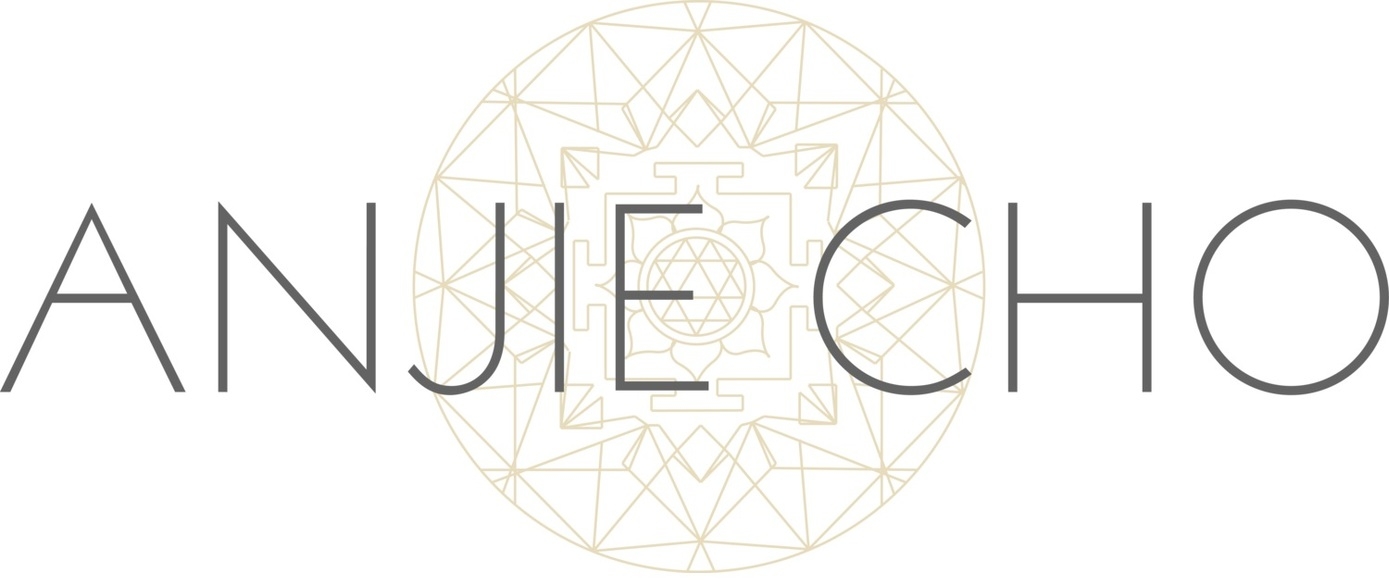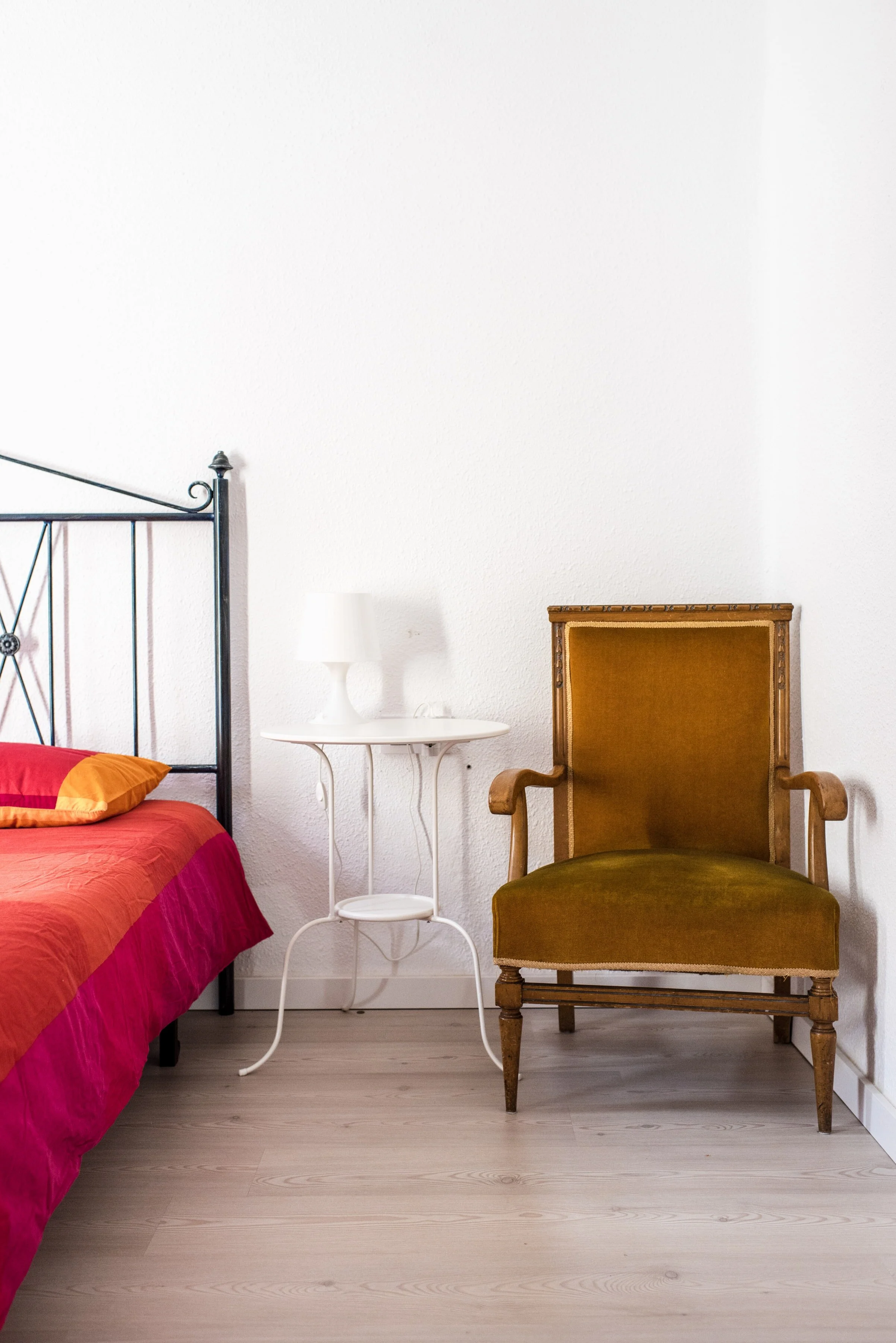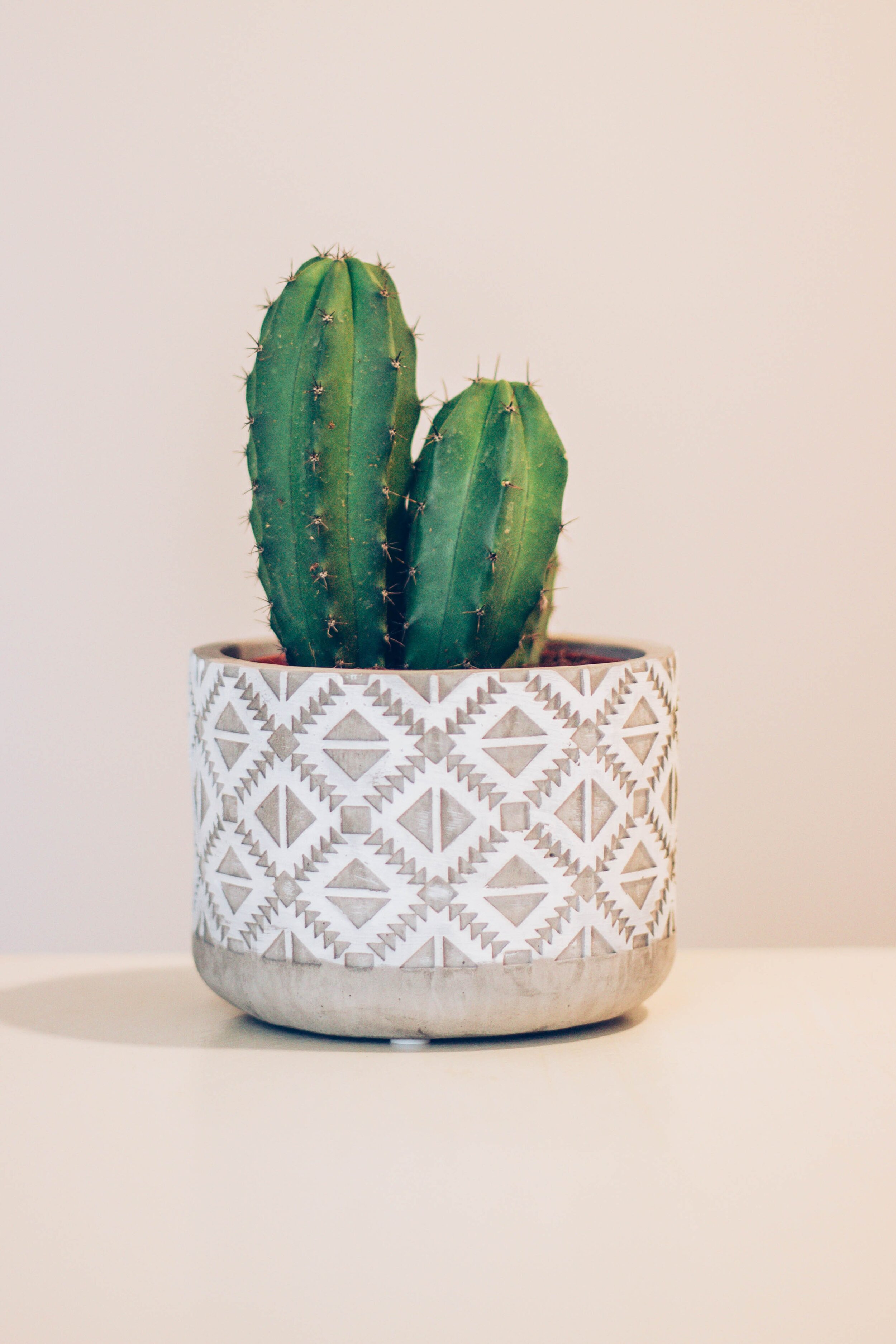Photo by Ksenia Chernaya on Pexels
I like to decorate with the color red. What does that mean in feng shui?
We recently talked about the color black, which is a very yin color, related to the water element. Fiery red is the polar opposite. Fire energy is very bright, like the middle of summer. It can be really helpful to include some fiery elements, including red accents, in your home during this cold, dark time of year.
Red is the most auspicious color when it comes to feng shui. It’s dynamic, bold, and stimulating, and it really stands out. If someone walks into a room wearing red, you really notice them.
While red is appropriate for many applications, it’s not the best choice for restful spaces, so be careful not to use too much in places where you want to relax. Keep in mind what the spaces in your home are being used for, and what colors will support those activities.
A little red also goes a long way, so it’s generally best used in moderation. You probably wouldn’t want to wear red lipstick, red earrings, red blush, and a big red hat, for example - it would be too much for most people.
It makes perfect sense that red represents the fire element, which is connected to passion and inspiration, as well as the recognition area of the bagua map, called li. If you need more passion in your relationship, you can add red accents in your bedroom, like red sheets, pillows, or a throw blanket. (Remember, a little goes a long way!) Adding red to your bedroom can also be helpful if you want to find a partner and are having a hard time meeting people.
If you want to bring more recognition and inspiration to your career, try placing red around your desk. One way to do this is through artwork. I paint yantras, which are a beautiful way to bring some meaningful red artwork into your space. You can also create your own red artwork, by making a collage or vision board with a lot of red. If you need more passion and recognition in your life in general, you may want to add red to the li area of your home.
As you can tell, there are many ways you can work with red. That’s where a feng shui expert, like one of my students, would really be able to help and support you. If you’re not ready to work with a consultant, you can also dabble and play around with red, and see how it goes!
Thanks for reading our "Q&A Sunday". If you have personal questions, we encourage you to check out Practical Feng Shui or hire one of Anjie's Grads.
If you’d like to learn more about feng shui, check out Mindful Design Feng Shui School at: www.mindfuldesignschool.com





